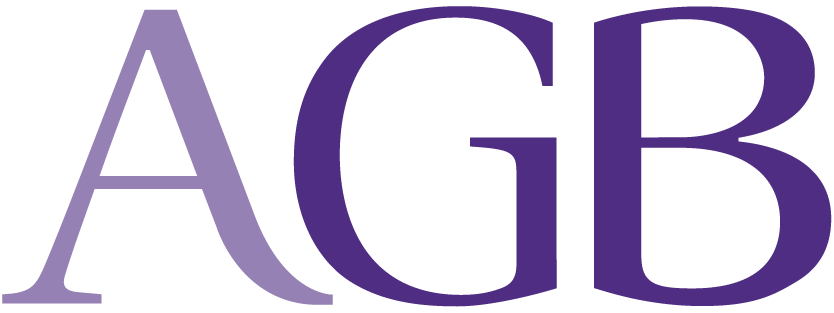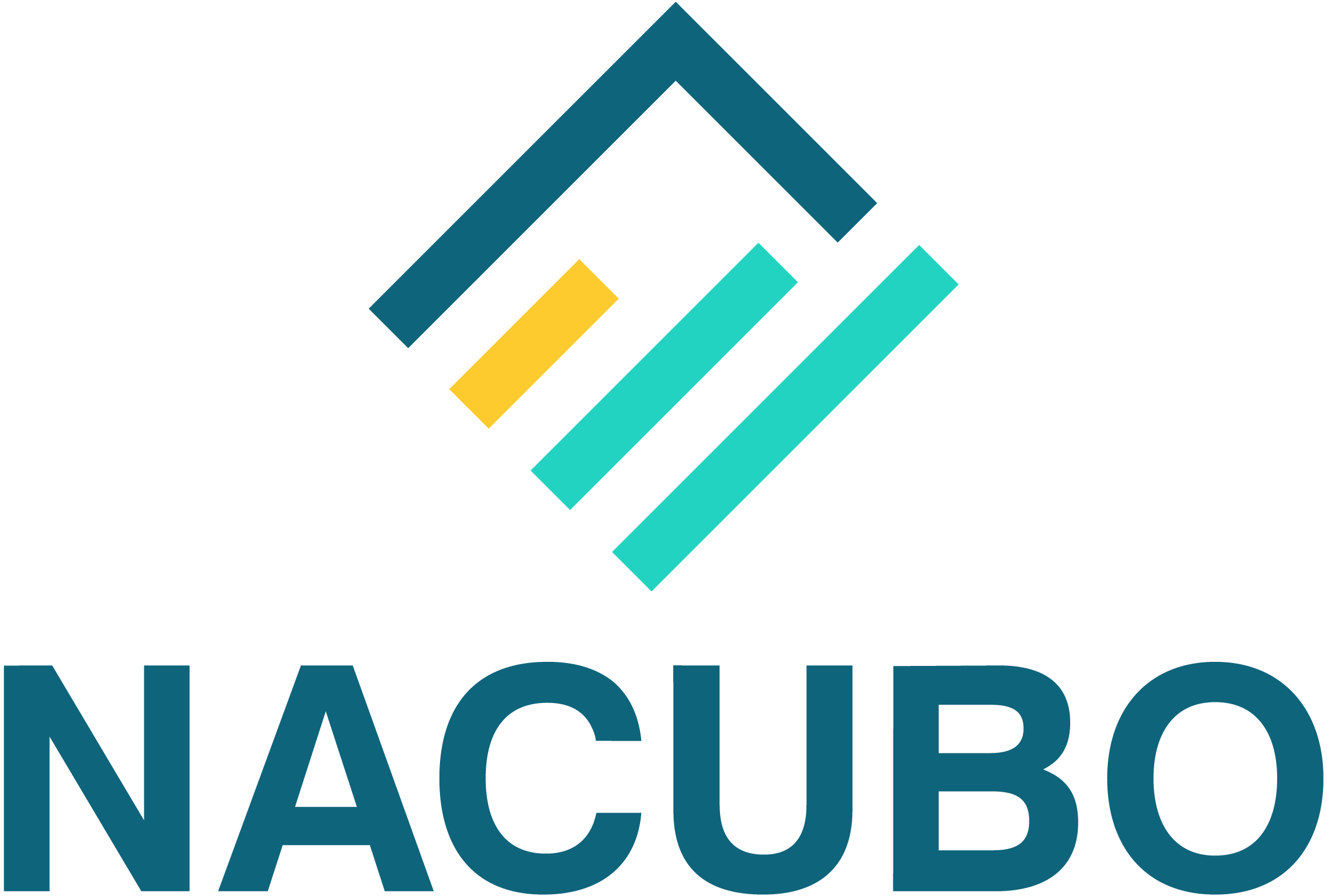Boardroom Conversations:
Does Our Institution Have a Resilient Governance Structure?
A key element of an effective leadership model is an honest assessment of the resiliency of an institution’s governance structure. The complexity of the higher education business model is rivaled only by the shared governance structure that has evolved to oversee it. In considering the questions regarding the leadership’s role in seeking ways to update and/or transform an institutional business model, an essential query must be the capacity of the institution’s governance structure to support such an endeavor. In Higher Education Business Models Under Stress: Achieving Graceful Transitions in the Academy, (AGB, 2021), Melody Rose and Larry D. Large observe that one of the key responsibilities for boards and presidents is to evaluate this resiliency and capacity. They offer a series of eight questions boards and senior leadership need to consider asking themselves to assess (and affirm) the state of their institutional governance structure.
The eight questions look at everything from mission alignment with strategies and budgets, to flexibility and adaptability to address campus needs, to alignment of institutional ethos and culture. Not mentioned, but integral to this inquiry given higher education’s current environment, is an assessment of the experience and skill sets board members possess to support institutional leadership in managing change during challenging times.
An assessment of leadership’s capacity to manage in both periods of economic and organizational stability and instability is an essential part of a board’s fiduciary responsibility. If limitations are detected, then it is incumbent on leadership to take the appropriate actions required to mitigate the shortcomings identified after the appropriate governance conversations and deliberations have taken place. These may include everything from comprehensive governing board and presidential assessments, to a holistic institutional assessment with proposed remedial actions, to an introspective evaluation of leadership and board capacity/expertise to lead in times of institutional stress. The failure to undertake such an assessment holds the potential of long-term consequences for the sustainability of the institution’s business model.
Related Resources
Smith, Christine M., and Adrienne Larnett. “Leveraging sound governance and risk management practices to drive fiscal resiliency for community colleges.” Baker Tilly (October 11, 2021). https://www.bakertilly.com/insights/leveraging-sound-governance-and-risk-management-practices.








